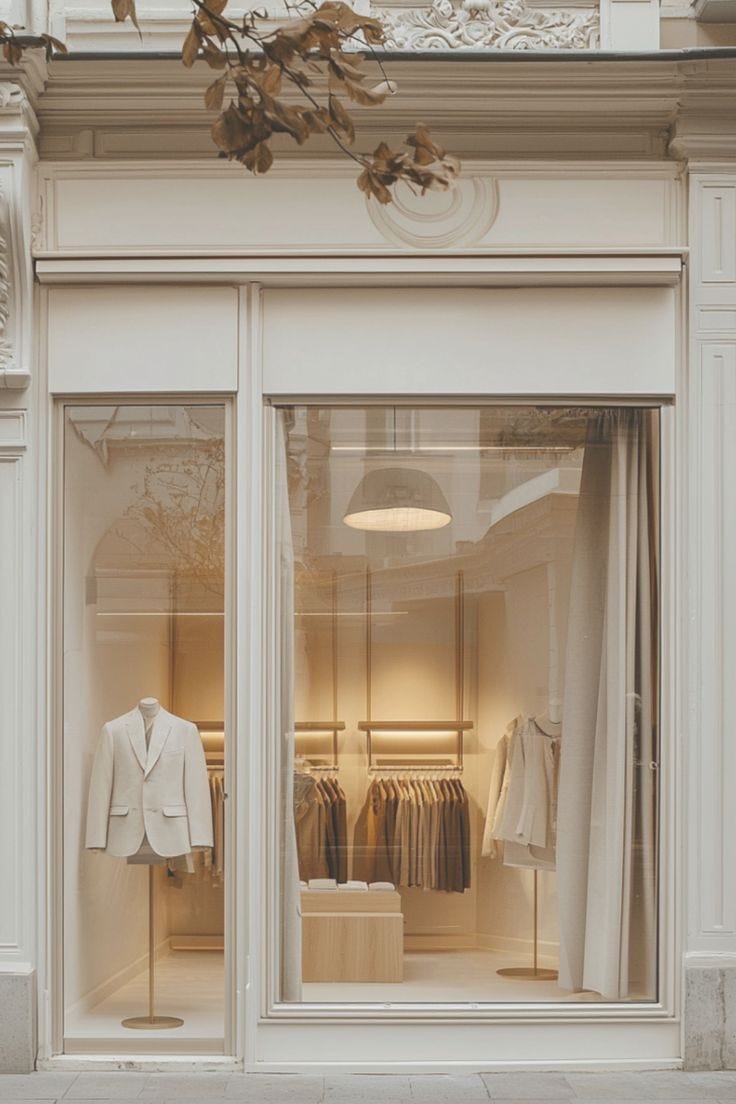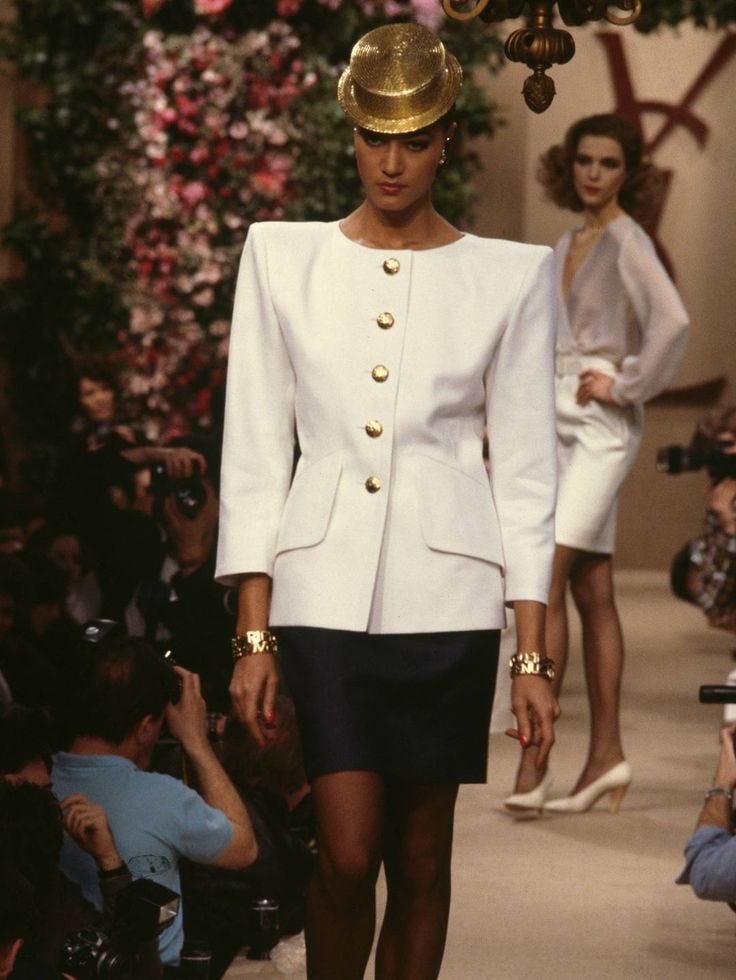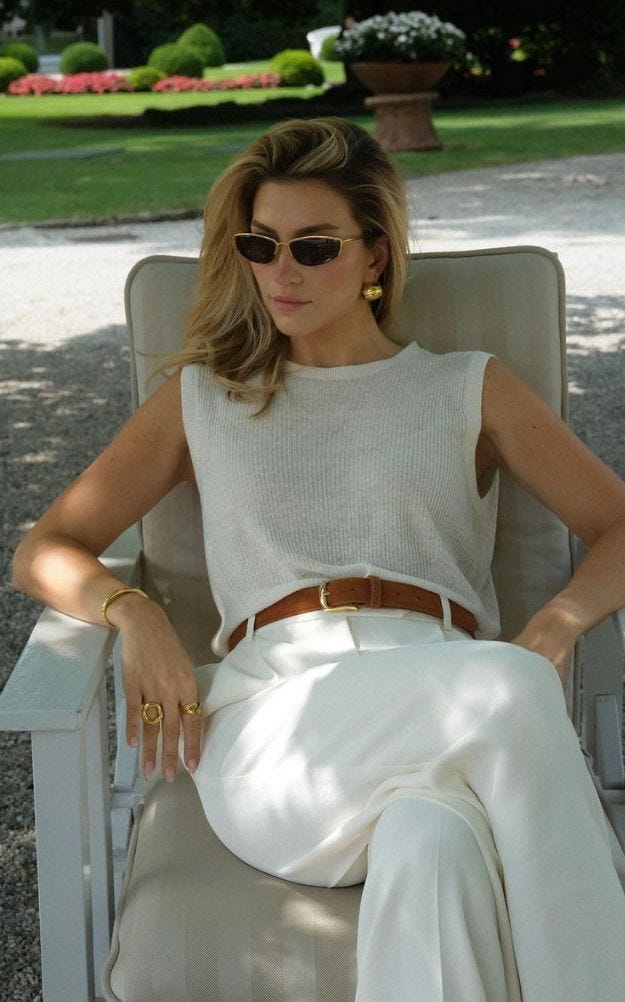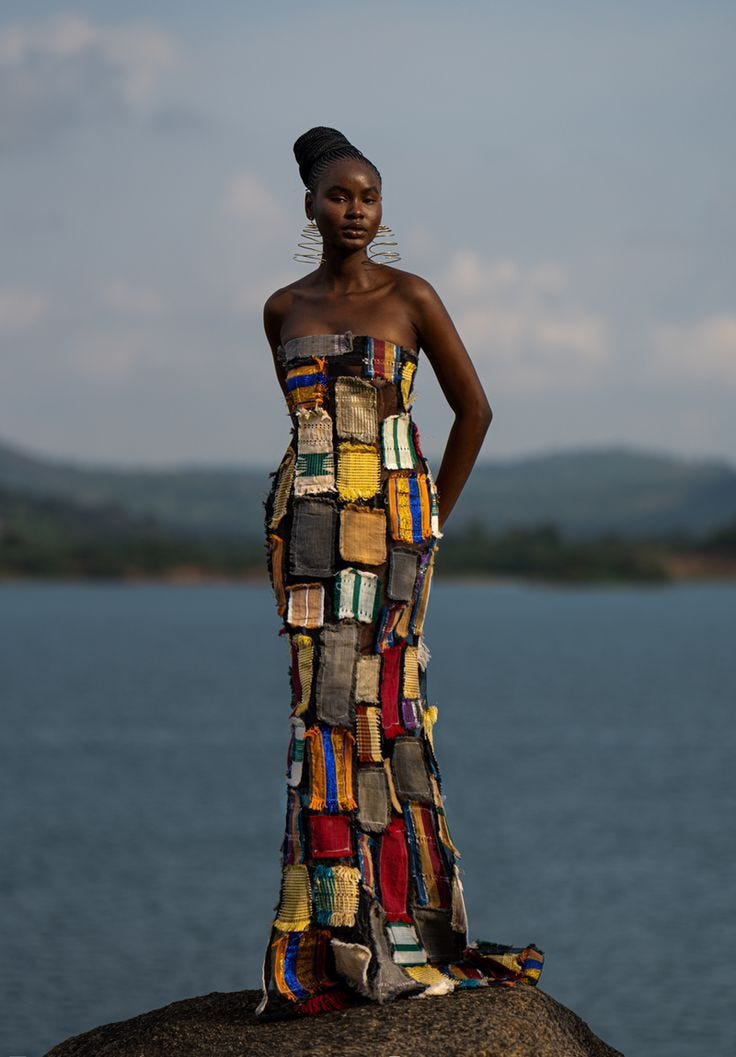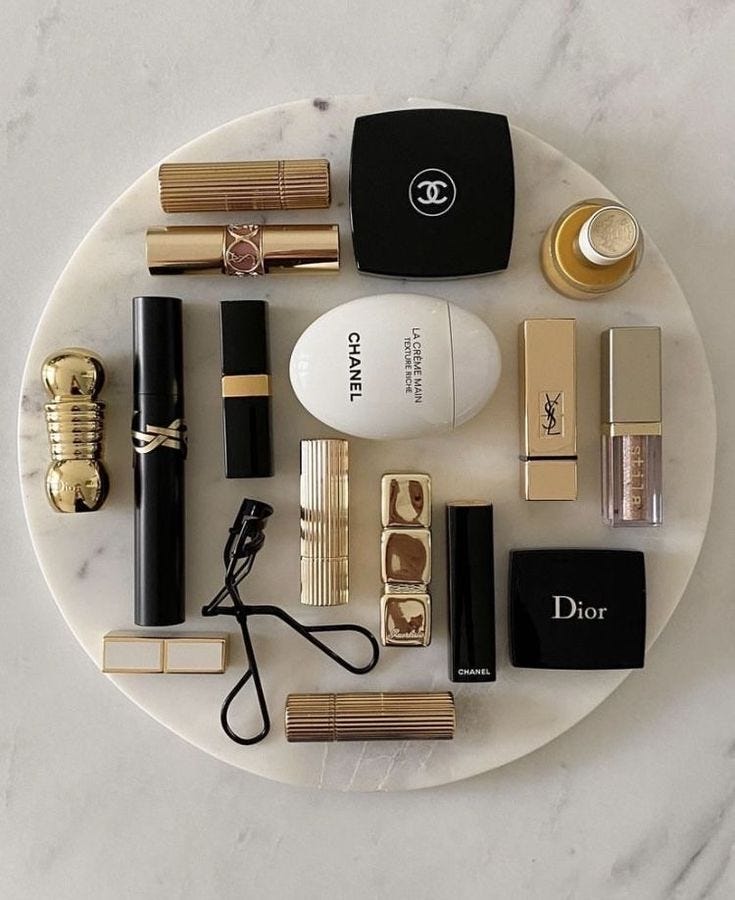2025 Luxury Fashion Trends: What You Need to Know to Stay Ahead.
Fashion Trendspotter
Luxury has always been synonymous with quality, and in 2025, this characteristic remains the undisputed foundation of the industry. Why would anyone splurge on something that doesn’t last? At its core, the luxury sector thrives on craftsmanship and storytelling, especially now, when exclusivity is being challenged by broader accessibility. Here’s a breakdown of the most significant trends shaping the industry—and how you can incorporate them into your life.
1. Evolving Creative Leadership: A Refined Aesthetic
A new wave of creative directors at top houses like Chanel, Valentino, and Givenchy is steering fashion toward timeless, mature, and refined designs. Gone are the days of chasing fleeting trends and novelty. This shift aligns with the broader push for sustainability—investing in high-quality pieces that last for years, possibly even decades.
Luxury consumers are pushing back against fast-fashion emulation. Why? Because when brands compromise quality for trends, they lose the very essence of what sets them apart. The goal is to create garments that feel relevant now, yet timeless enough for the resale market or even heirloom status.
Key takeaway:
Pay attention to runway trends, but don’t limit yourself to Western brands. Africa, Middle East, and Australia are home to incredible creative directors producing refined, globally resonant designs. African brands like Tubortw and Wanni Fuga are creating pieces that seamlessly merge traditional artistry with modern refinement.
This is the reason I only purchase vintage Chanel handbags. The quality was amazing when Karl Lagerfeld was at the helm in the 80s and 90s. I will never purchase a new Chanel handbag. - @CanadianDiva
2. Resale and Second-Hand Market Growth
The pre-owned luxury market is booming, and it’s not just about sustainability—it’s about accessibility. Platforms like Vestiaire Collective and The RealReal are making it easier for people to own luxury items at a fraction of the price. With Millennials and Gen Z accounting for 75% of the luxury market, their values of sustainability and uniqueness are driving this shift.
Older luxury items also carry the perception of better craftsmanship, making them even more desirable in the second-hand market. The resale trend is here to stay, so being selective about what you buy today can add value to your wardrobe tomorrow.
Key takeaway:
Invest in high-quality items with strong brand storytelling that hold their value. Spend time learning about how these brands are holding up in the market, before spending on them. Explore platforms like HURR to rent luxury items or Vestiaire Collective for resale opportunities. Vintage shopping is also a treasure trove for unique, storied pieces.
3. Quiet Luxury and Understated Elegance
This trend—propelled by cultural moments like Succession—celebrates subtlety over flashy logos. Quiet luxury speaks through fabric, stitching, and fit, appealing to those who value sophistication without overt displays of wealth. In uncertain economic times, understated elegance becomes even more attractive, allowing the wealthy to indulge discreetly.
Key takeaway:
To embody quiet luxury, focus on fabrics like cashmere, silk, and natural fibers. Invest in tailored pieces or customize ready-to-wear items to your body type for a polished look that whispers refinement.
4. Sustainability and Transparency
Sustainability is no longer optional—it’s expected. Even in regions like Nigeria, where sustainability hasn’t always been a priority, there’s a growing awareness. This trend challenges fast fashion by encouraging consumers to buy less but better, investing in timeless pieces that stand the test of time.
As someone who’s reducing their fast-fashion consumption, I’ve started buying only essentials, treating each purchase as an investment. African fashion offers an excellent alternative—it’s more sustainable, supports artisans, and often uses small-batch production methods.
Key takeaway:
Buy timeless pieces from high-end brands like Stella McCartney or opt for durable equivalents from fast fashion if your budget is limited. Support African fashion for its sustainability and creativity.
5. Focus on Small Luxuries
With economic uncertainties, small luxuries like perfumes, beauty products, and accessories are becoming go-to indulgences. These “affordable luxuries” bring the same sense of sophistication and joy as larger purchases without the hefty price tag.
I recently bought a Chanel blush for €57, and the feeling of sophistication it added to my makeup routine was surprising. It reminded me that luxury doesn’t have to mean handbags or shoes—it can be found in smaller, everyday items.
Key takeaway:
Elevate your daily routines by indulging in small luxuries. Think skincare, nail care, and beauty products. These categories provide an attainable way to experience the refinement of luxury.
Final Thoughts: The Heart of Luxury in 2025
Luxury in 2025 is about quality, storytelling, and meaningful consumption. Whether you’re buying a vintage Chanel jacket or an artisanal African dress, the focus should always be on items that resonate with your values and offer timeless appeal. As exclusivity becomes more nuanced, staying ahead of trends means embracing sustainability, celebrating quiet elegance, and finding joy in the little luxuries of life.
What trend resonates with you most? Let me know in the comments!



